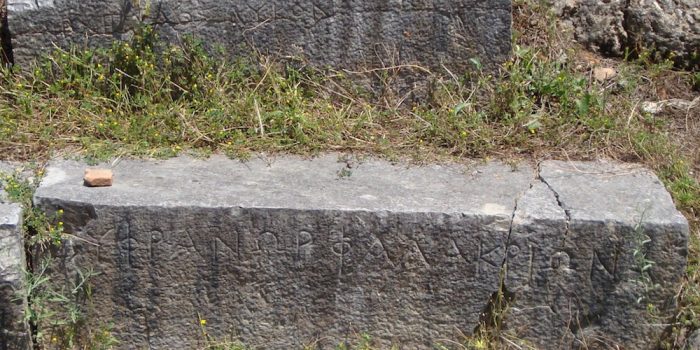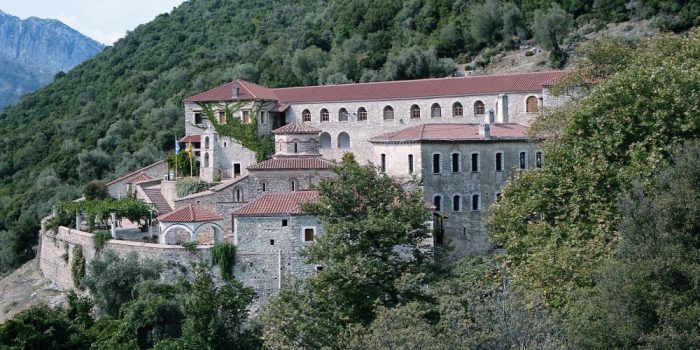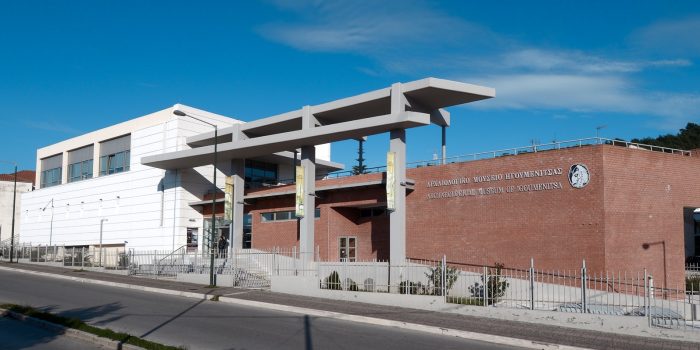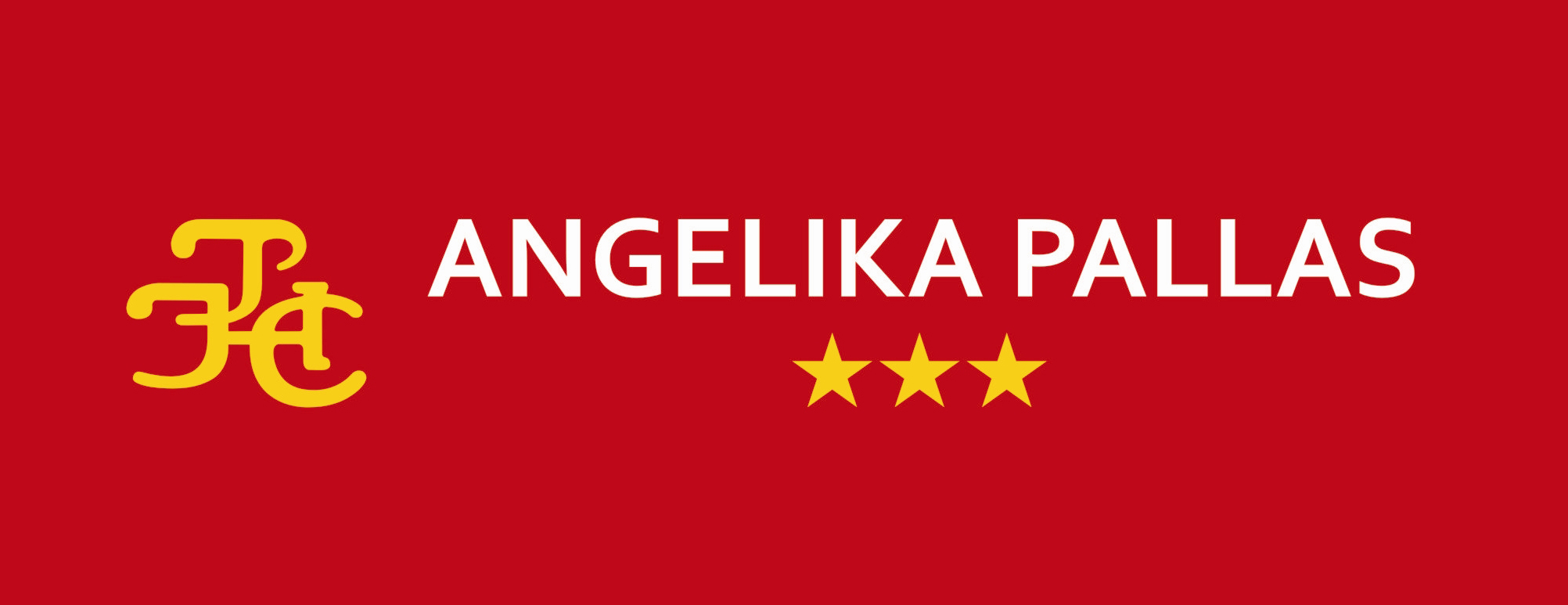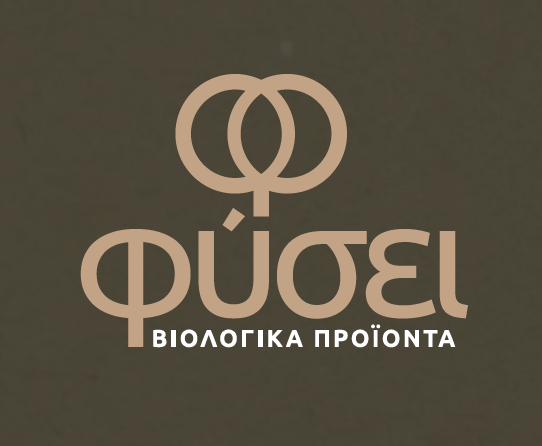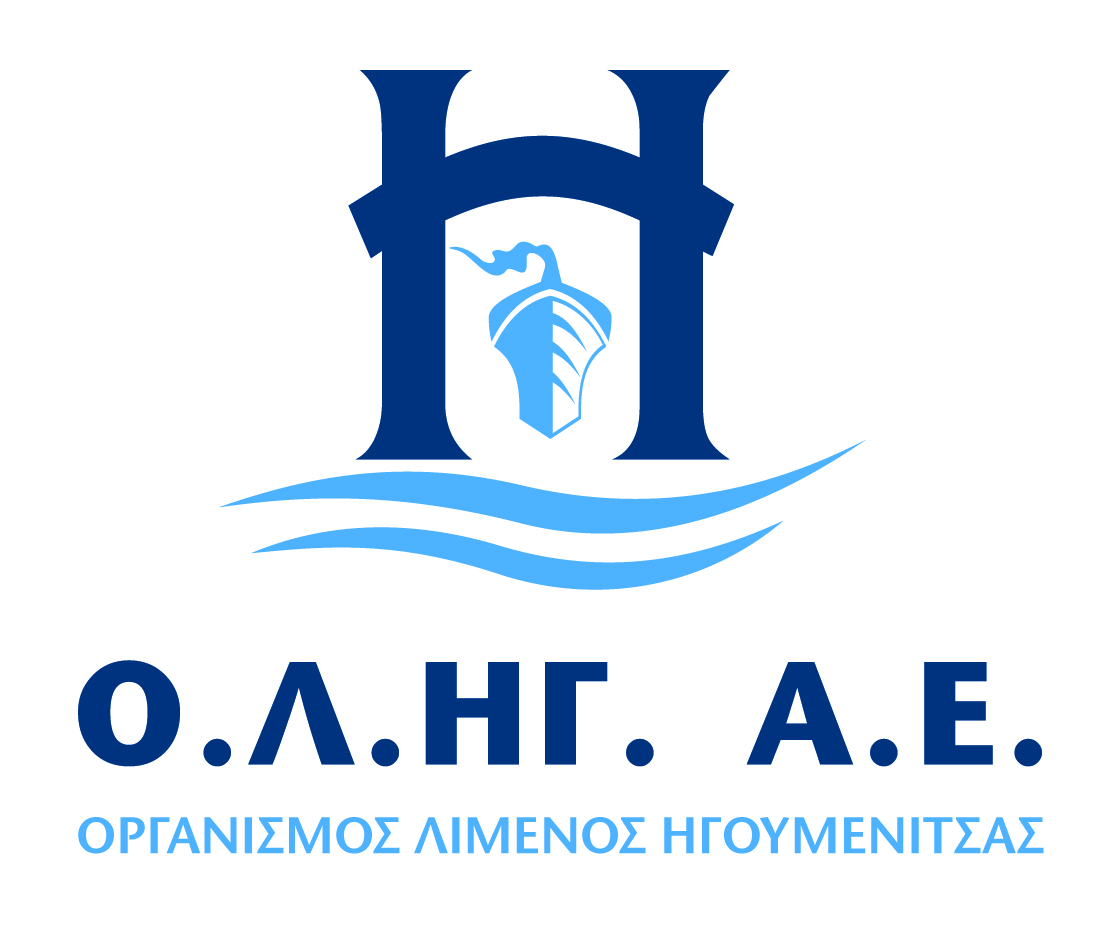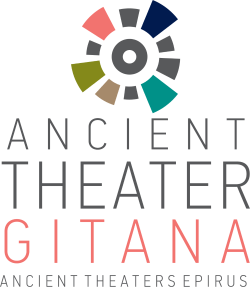Ancient Theater of Gitana

33°C
The Theater
When, where, how
22nd of June 168 BC. The Romans, under the command of Lucius Aemillius Paullus, crush the armies of Perseus, the last king of Macedonia. One year later, the people of Epirus will pay a heavy price for their active involvement in what became known as the Third Macedonian War. Despite having surrendered, seventy cities in Epirus are simultaneously razed to the ground in the space of a few hours. Citizens were slaughtered, thousands of captives and priceless spoils of war were transported to Rome.
One of the seventy cities destroyed was Gitana. At the time, the city was around two hundred years old. It had been founded around the middle of the 4th century BC to act as the capital of the Thesprotians, one of the three main tribes of Epirus- the other two being the Chaonians and the Molossians.
Gitana was built on a site offering exceptional advantages, both defensive and commercial. The river Thyamis bordered the city on three sides, offered protection and, being navigable at the time, ensuring easy access to the sea. The mountainous range of Vrisella on its fourth side completed its defenses.
The dangers of the time however demanded fortifications. The walls of Gitana enclosed a well built city, designed according to the Hippodamian Plan (the grid plan named after the ancient Greek architect and urban planner Hippodamus of Miletus), with public buildings and a theater, which was constructed in the plain of lower Kalamas around the middle of the 3rd century BC.
Seals from the city archives depict the faces of actors, comedy and tragedy masks and other themes related to the worship of the god Dionysus and the dramatic arts, giving us insight into the people of Epirus’ high regard for the theater. However, the Theater was not just used to stage comedies and tragedies, but also for political assemblies. Some of these no doubt heated meetings would have taken place in 168 BC before the Battle of Pydna, when the citizens of Epirus would be debating which stance to adopt with regard to Rome.
Gitana and their theater appear to have been permanently abandoned at the end of the 1st century BC, following Octavian’s dominance and the foundation of Nikopolis. The next chapter in their history came late, compared to the other archaeological sites in the area. The first systematic excavations began in the late 1980s. At the end of the 2010s, enhancement works on this significant ancient Thesprotian site were completed.
“The voices of actors, the dulcet sound of the aulos, feet tapping, mellifluous voices rising in hymn, those were the sounds that would commonly fill the Theatre of Gitana.
And yet, fierce pro-Roman voices must have also rang out in assemblies, provoking rallying cries of enmity from citizens who did not want to succumb to the advancing Roman army without a fight.”
Media
The building at a glance
- Forms a full circle.
- Its floor was constructed of packed gravel and soil.
- Its thymele (altar) had been disturbed and was discovered near the stylobate (the base supporting a row of columns) of the proskenion (stage).
- Was rectangular and comprised an internal row of supporting piers (pessoi).
- Had a roof. The clay roof tiles were shattered to such an extent that not even one survived intact.
- Its proskenion (stage) was 15.5 meters long, with twelve monolithic semi-columns. A proskenion with semi-columns, in other words a raised platform in front of the skene, the building behind the play area, was typical of theatres in the Hellenistic period.
- Has a maximum diameter of 65 meters.
- Is comprised of 28 seating rows separated by two diazomata (gangways).
- 4 klimakes (stairways) divide it into 5 kerkides (seating sections). Two other partially ruined kerkides stand at either end.
- White limestone was principally used to construct the seating rows. However, part of the cavea appears to have been hewn from the bedrock.
- A large number of seat tiers have names carved at the front: Alexandros, Menedamos, Timodamos, Kefalos, Dokimos, Pausanias and many more.
- Many seat rows are inscribed with acts of manumission, that is, the acts of owners freeing their slaves.

